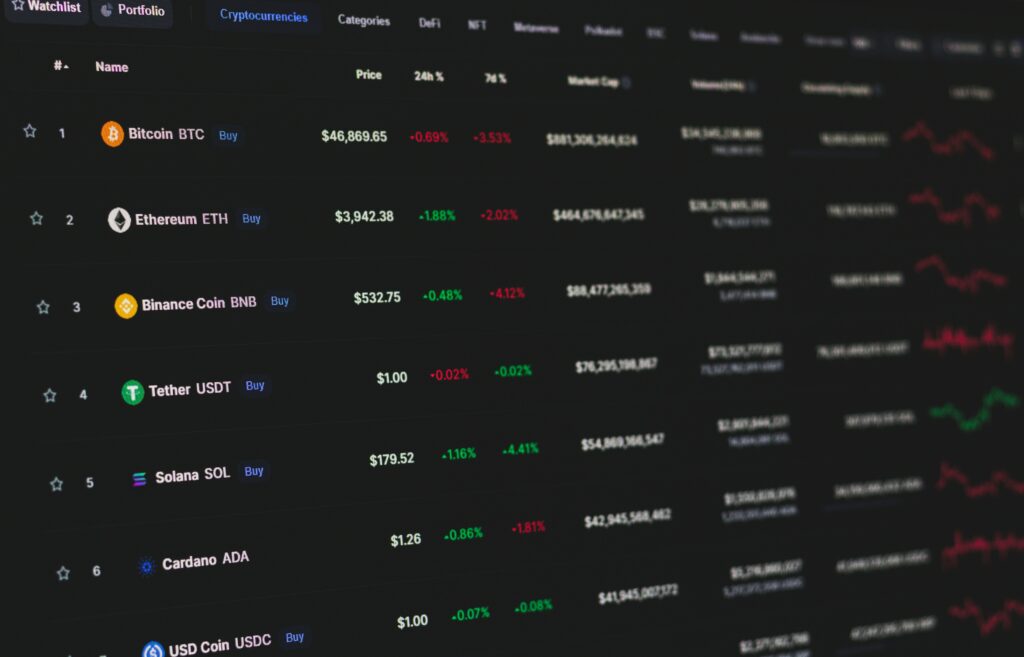Global markets experienced intense volatility following Donald Trump’s first day as US President, driven by uncertainty over his tariff policies.
Mixed Reactions in Asset Classes
European stocks rose Monday after Trump signaled that early executive orders might exclude tariffs on China, Canada, and Mexico.
US equity futures gained while the dollar weakened, pushing the euro to a two-week high. Gold prices and Bitcoin also surged.
However, markets reversed course during the Asian session on Tuesday. Trump announced 25% tariffs on Canadian and Mexican imports starting February 1.
The announcement strengthened the dollar, pressured the euro, and caused US equity futures to decline, affecting global market sentiment.
Safe-Haven Assets in Demand
Investors turned to gold and the Japanese yen amid growing fears of trade wars and unpredictable policy changes.
Gold prices rose 0.72% to $2,725 per ounce early Tuesday, reaching their highest levels since November’s election.
The USD/JPY pair dropped below 155, reflecting risk-averse sentiment among investors. The dollar’s status as a haven asset may sustain its upward momentum.
“Uncertainty around tariffs boosts the dollar’s appeal, while gold benefits from heightened demand for safe havens,” noted strategist Dilin Wu.
Bitcoin Reaches New High, Then Retreats
Bitcoin hit a record high of $109,000 on Monday but quickly fell due to unclear cryptocurrency policies from the Trump administration.
By early Tuesday, Bitcoin recovered to $103,000 after briefly dropping near $100,000. Traders remain cautious amid regulatory uncertainty.
Trump’s plans to establish a US Bitcoin Reserve and ease industrial regulations have fueled optimism among crypto enthusiasts.
Over the weekend, Trump and his wife launched meme coins, boosting interest in Solana and related tokens, despite subsequent pullbacks.
Crude Oil Faces Pressure
Oil prices fell for a third day Monday as Trump announced plans to declare a national energy emergency to boost US production.
WTI futures rebounded slightly during the Asian session, rising 0.65% to $76.89 per barrel, with Brent reaching $80.20.
Trump’s proposed approach to end the Russia-Ukraine war could disrupt oil markets. Tightened or relaxed sanctions on Russia would impact crude prices significantly.
Despite recent volatility, market participants remain focused on Trump’s policies and their global economic implications.
